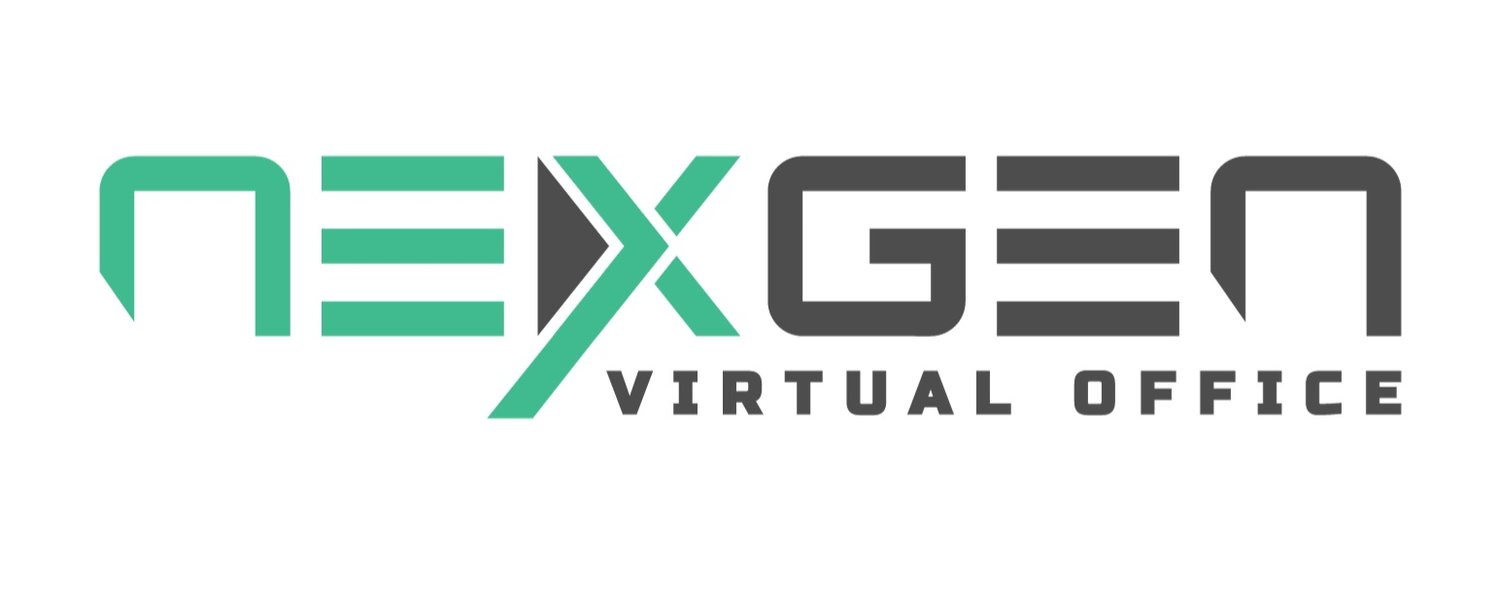Top 3 Things To Make A Remote Environment Work For You
If the pandemic taught us anything, it’s that many employees are able to be as productive — if not more — when they are empowered to work remotely. But the pitfalls of remote work cause extra pressure on management to effectively provide structure, and ensure a healthy, vibrant corporate culture, especially for younger and entry-level employees. While millennials and Gen-Z may have all the tech savvy to embrace remote work, the inability to access leadership or fully integrate into company culture is more challenging. And not having the natural continuous learning through observation common in physical work environments may be detrimental to a remote worker’s long-term career development.
So, what’s the answer? With many employees wanting to continue remote work, and commercial real estate pricing on the rise, how do you find the right balance to manage the needs of all stakeholders without compromising on the bottom line?
1. Invest in the right technology
In 2020, remote work happened suddenly and all at once. The majority of companies pulled together a mish-mash of applications and software to fill gaps and added to them over time to plug productivity leaks and aid management oversight.
The result?
Employees had to download multiple apps. This resulted in overloading their bandwidth, slowing down operating systems, and creating a convoluted overlap where no one quite knew how to find each other at any given time.
What was intended to aid with constant connection and quick check-ins, was instead replaced by missed meeting invitations, unstable connections, and long delays where conversations and virtual meetings became frustrating.
At NexGen Technologies, we’re proud of a 100% remote workforce powered by our own virtual office platform.
NexGen Virtual Office creates place and presence for our team and the teams of our clients. Our unique technology platform not only improves work culture and productivity, it also provides structure and open communication and access for all team member.
2. Build Trust Rather Than Control
One of the biggest issues for management in remote work environments is the lack of control over employees, especially when they need to regularly report to higher-ups. But no matter the way you view it, remote work relies on a great deal of trust. Micromanaging through constant calls and meetings disrupts employee productivity, fosters resentment against the company, and erodes healthy corporate cultures.
For NexGen, the virtual office environment has created a balance where employees are “present” during work hours, and management can check-in, oversee, and feel a sense of ease that all employees are in the same “place” without the need for invasive interruptions that disrupt workflow. Finding that balance between control and trust is crucial to ensure ongoing productivity and accountability for all stakeholders.
3. Establish clear guidelines and expectations
Following directly on from control and trust, setting clear guidelines from the start allows employees to understand the company culture and expectations associated with your remote work environment. After all, not all workplaces carry the same values or belief systems, and the same applies with the remote equivalent. Work hours, performance and productivity tracking, being present and accessible, training, mentorship, and fulfilling all other aspects of their job need to be clearly stated and consistently reinforced — with management being the leading example.
Managing any team of remote workers comes with challenges – but following these best practices will help create a more stable and successful environment.
Want to test drive our NexGen Virtual Office Technology? Click the button below to get a tour of our NexGen Virtual platform today. Elevate your hybrid workforce with using our revolutionary intuitive platform and integrated tools. You haven’t seen anything like this before!



